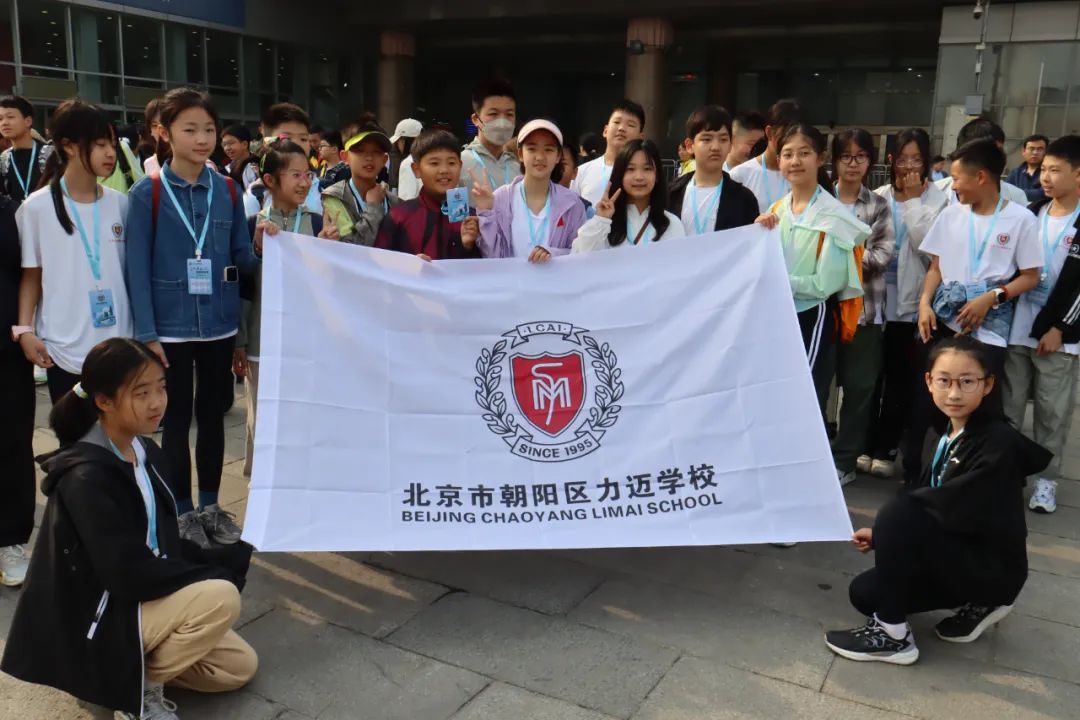2023-11-28发布于安徽
Individuals and Societies Highlights
CISH
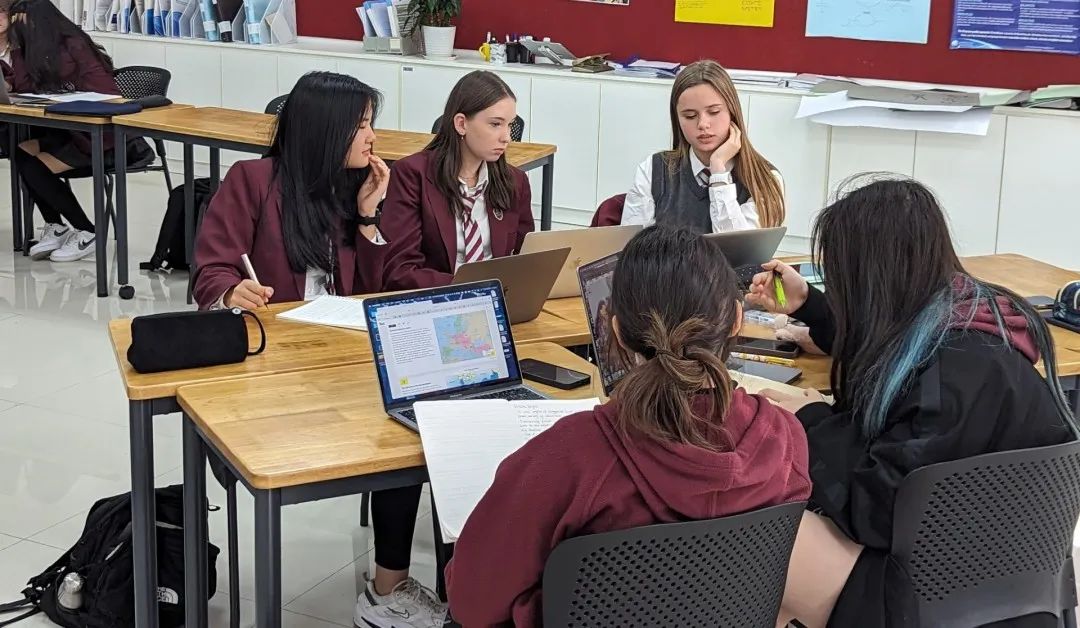

Slide pictures to see more
This week the grade 6 Individuals and Societies classes reviewed the content and concepts of the second unit on ancient cultures thus far. They used Quizizz to master the content individually, focusing especially on the differences between primary and secondary sources. They also developed note-taking skills by reading the textbook div on ancient Greece and taking notes of key points. Finally, students were introduced to a mini-research project they will begin next week on a significant individual from an ancient civilization.

This week in grade 7 Individuals and Societies class students have completed their first unit on Economic Empowerment. In order to wrap up the unit the students completed an activity where they looked at the issue of Poverty from a local, national, and global level to gauge how serious of an issue it is at each level. Following this the students began their second unit, being an Introduction to Politics. In groups the students brainstormed what they think or know related to the concept of Politics. The students began exploring terminology related to governments and politics. The students worked on their collaboration, communication, and critical thinking skills this week.
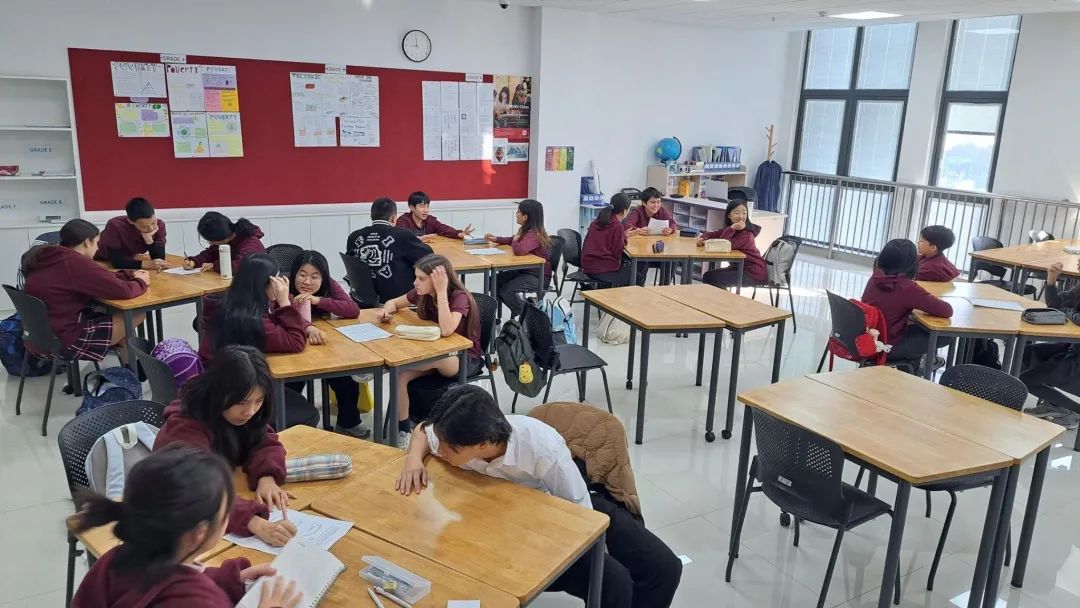
This week in grade 8 Individuals and Societies class students are continuing their unit on physical patterns in a changing world. The students are working on their Unit 1 summative assessment on a Natural Disaster Response Plan and are completing their presentation. They completed the week working on reducing their presentations visuals to the key ideas as bullet points and are writing the script for their presentation. The students are working on their time-management and communication skills.
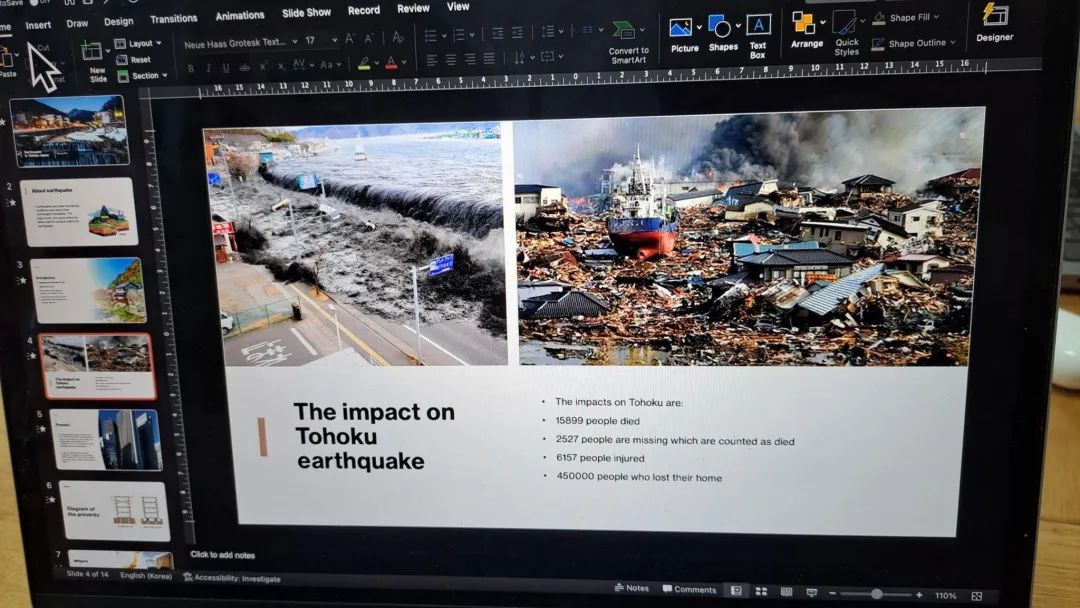
This week in grade 9 Individuals and Societies class the students are progressing through their ancient civilizations unit. The students began looking at Ancient China, the final civilization of the unit, and worked on identifying facts related to the different aspects of culture. The students worked alone, using stations, to complete their work. To end the week the students were introduced to expectations and feedback for the final drafts of their summative research project that will be due next week. The students are working on their time-management, communication, and critical thinking skills.
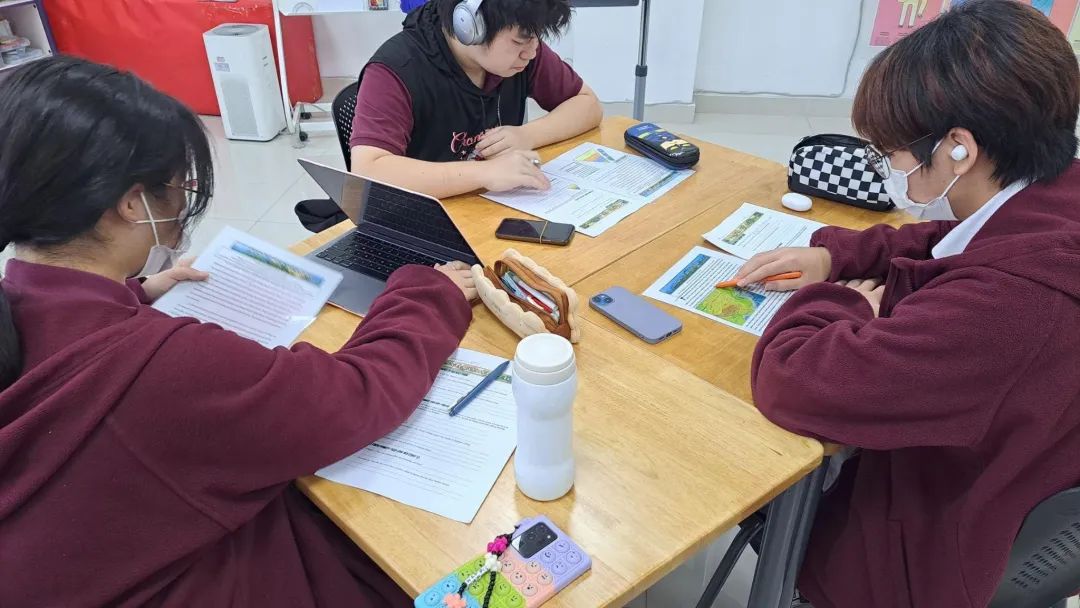
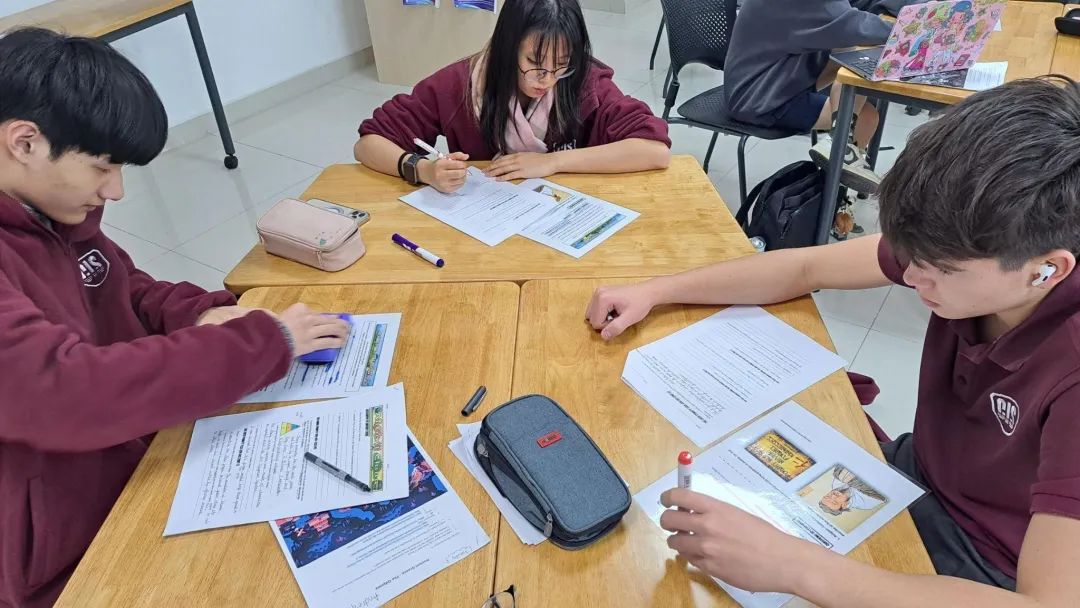
This week, grade 10 continued covering foundational material that will help students understand WW1. We investigated the key players in WW1, namely the states. We discussed the German empire, as it formed from the expansion of Prussia, and some of the key people involved in this like Otto Von Bismark and Kaiser Wilhelm II. Students also investigated the origins of WW1 by examining a series of maps that represent different factors that led to WW1.
Slide pictures to see more
Psychology
This week the grade 11 Psychology class focused on how stereotypes are formed and maintained using Tajfel’s social identity theory as support. They review aspects of the theory related to stereotypes such as in-group bias (ethnocentrism) and the out-group homogeneity effect. Students were also introduced to Hofstede’s cultural dimensions. They used Hofstede’s tools to explore and compare the cultural dimensions ratings of various countries. The students also worked on writing the final draft of their observational research report.
This week grade 12 psychology students began their unit on the first option topic: the psychology of human relationships. They focused on evolutionary explanations and evidence of attraction. They learned about three psychological studies that examined the biological and evolutionary factors of attraction. Students were also introduced to pheromones and analyzed two studies attempting to identify the existence of human pheromones. These topics elicited interesting questions and discussions that demonstrated the students’ interest and understanding of psychology.

Global Politics
Grade 11: This week students presented their NGO/MNC project in which they investigated a major company or not for profit and explained the history of this organization and the roles it has played in global politics. Organizations covered included Doctors Without Borders/MSF, Samsung and Volkswagen.
Grade 12: This week students prepared for and wrote a summative exam for the development unit, which covered key concepts like inequality, globalization, and sustainable modes of development. Students also worked on polishing up their drafts for their IA engagement activity.
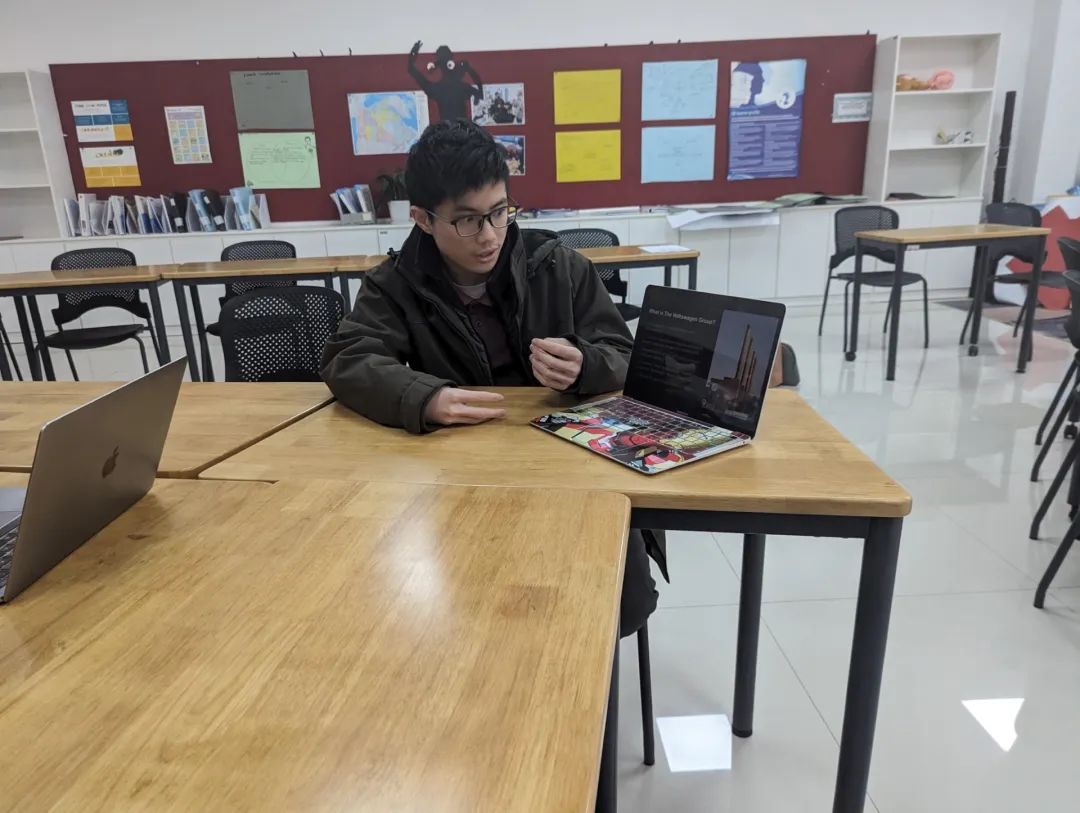
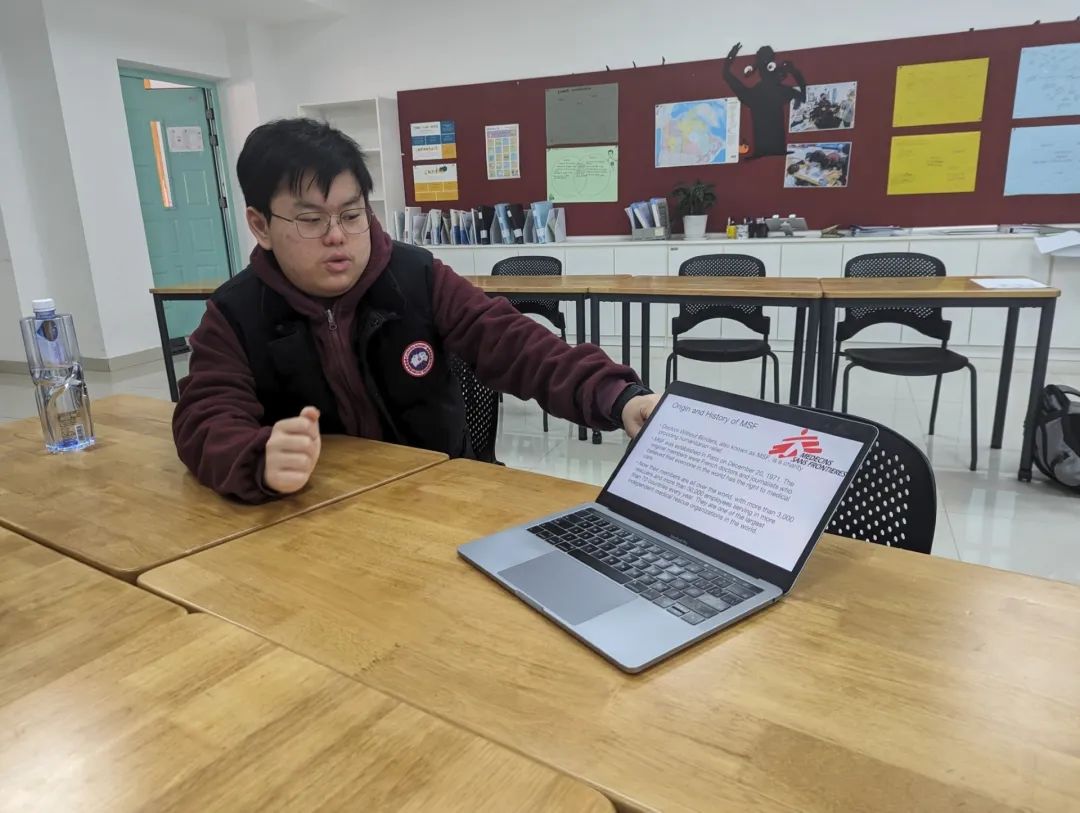
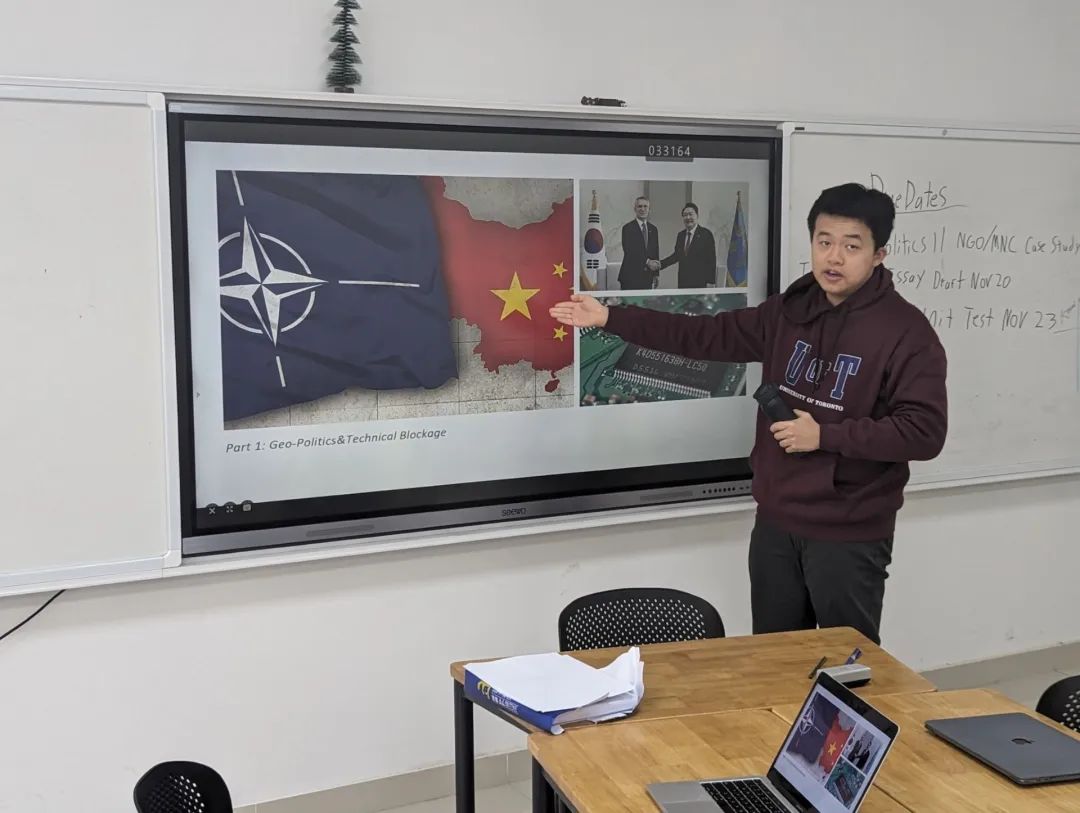
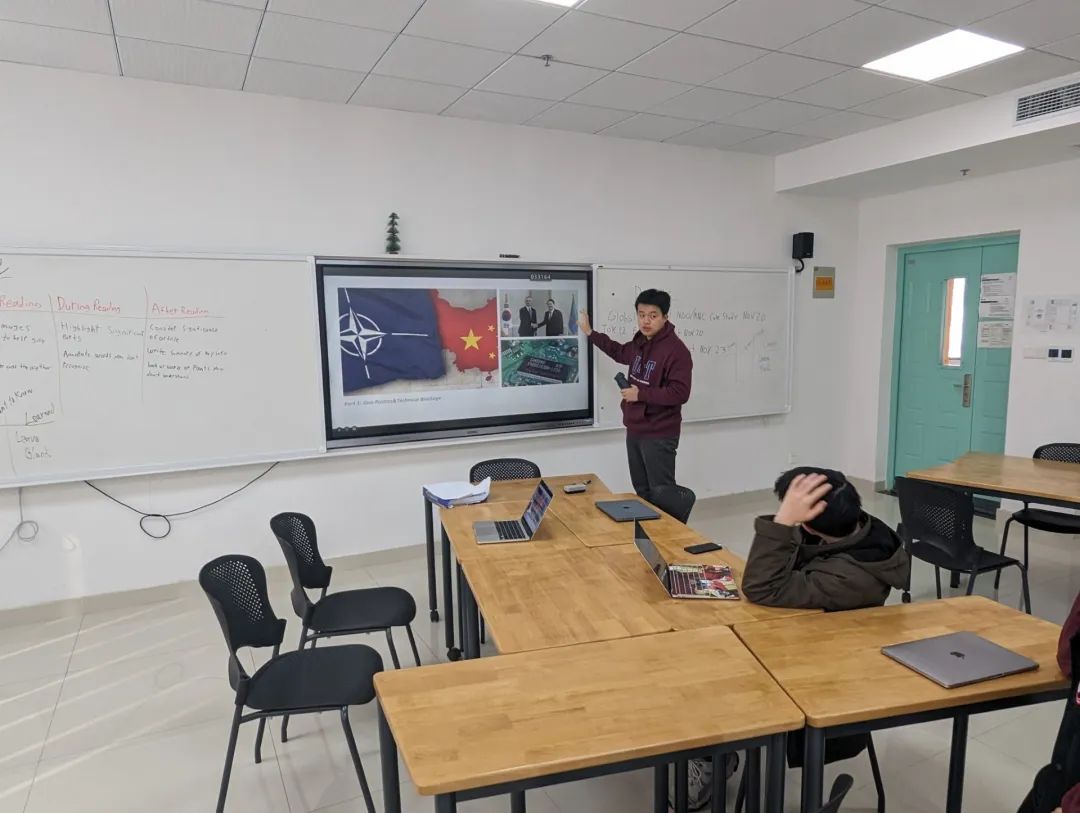
Business Management
After completing their Final Internal Assignments Grade 12 are now returning to the curriculum full time and studying a range of Motivation Theories. In past years an effective way of developing a deeper understanding of these has been for students to research and present one of the 8 theories each. There has been really engaged debate about these and how effective and relevant they are.
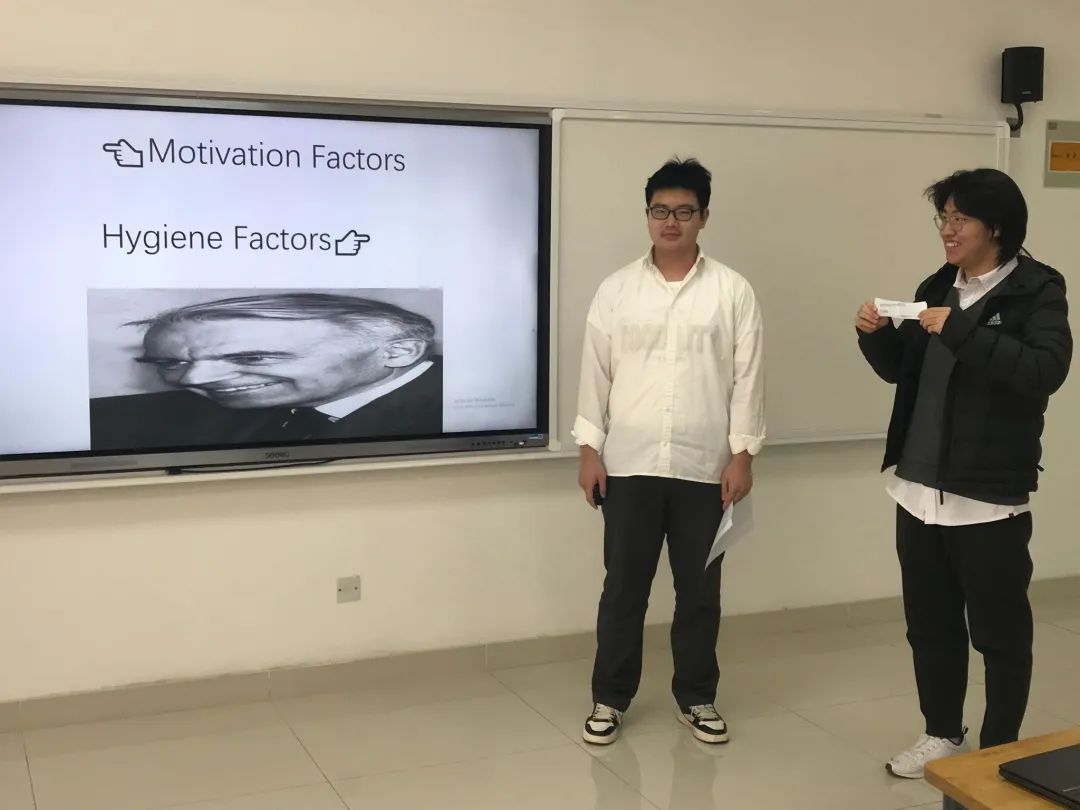
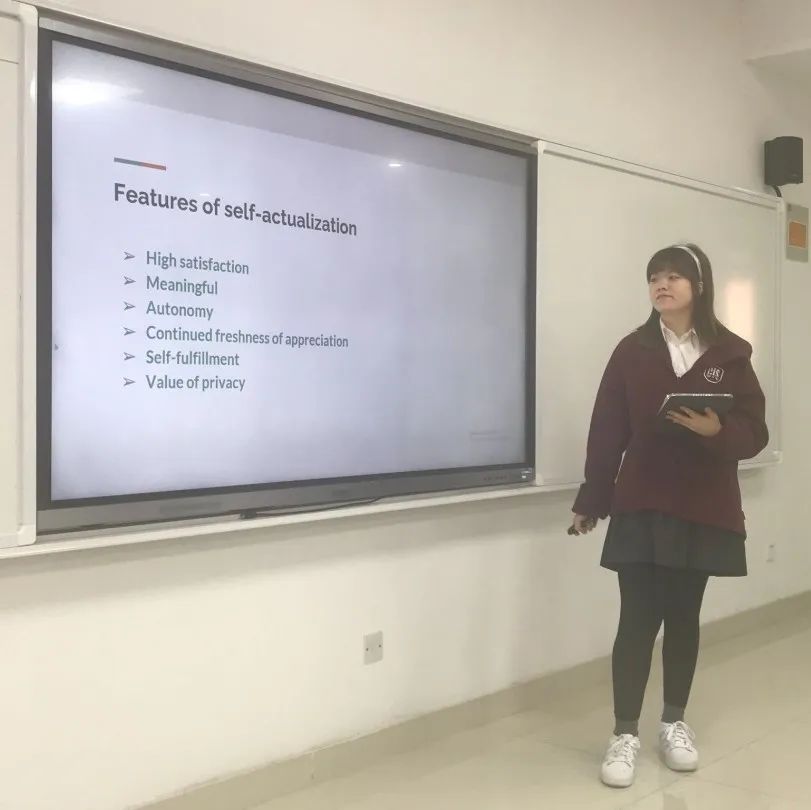
Grade 11 students have been learning more in depth ways about financing businesses investigating crowdfunding, leasing and Angel Investing. Last week ‘Peter’, the Chinese founder of 17 Tex Mex restaurants came and met students and told his amazing life story and how he moved from rural poverty to become a successful restauranteur. The timing was perfect, helping Grade 11 students to grasp and really understand many of the challenges involved in building a business.

An amazing Life – Peter’s Story
If you visit 1912 Mall in Hefei next to the Ice Rick on level 5 there is a very popular Tex Mex restaurant called Peter’s. So what? Well – it serves really authentic western style food of a high quality and the service is great. What’s surprising is that it’s not owned by a westerner, but by a Chinese entrepreneur called Peter.
Peter has become a good friend of the CISH community and is always welcoming teachers and staff from CISH. And when he came to talk to our students last week we learnt why Peter is so connected to the world of Education. And it’s about his own very hard and tough life story.
Rural China 40 years ago was a tough environment, little food or money or clothing. Peter’s upbringing was like that. He left school at 12 to help support his family going out to work on farms. A chance meeting with an American teacher led him to being sponsored to take up a cooking course. This kind gesture changed his life and blossomed into a lifelong and continuing friendship with his “Grandma” as he calls her. Working his way through all the kitchen jobs from washing dishes to designing kitchens has Peter built the business with Grandma’s help. And today they now have a chain of Peter’s across China, Chengdu, Beijing, Chonqing, Hefei and Shanghai.
Education has played a crucial role on Peter’s life, through the dedicated and charitable support of his Grandma (a teacher), his own formal education in cookery classes and his realisation and acceptance that hard work is essential to fulfilment an making your dreams come true. and running his own restaurants was and remains Peter’s dream. Today he works as hard as ever to deliver great food and great service.
Peter told his life in simple and humble terms, still choosing buses to taxis, remembering the hard times. In a gesture of true friendship Peter is now helping CISH to develop our new cookery programmes for our younger students. Peter is still passionate about food and cooking and his story was a true and genuine inspiration. We were so lucky to hear Peter’s story. (PS - If you like western food it’s definitely worth a visit!).
Design Highlights
CISH

In the current week of MYP Design 6, students are making significant strides in the final stages of completing Criteria B for the summative assessment of our first unit. The collective effort is evident in their engagement with design processes and their ability to articulate their ideas. However, it's noted that self-management remains a challenge for some students. To address this, a constructive discussion was held emphasizing the importance of effective communication in the design process. Encouraging students to proactively manage their time and tasks while fostering clear communication channels is crucial for successful design outcomes. As we approach the culmination of this unit, the focus on self-management and communication skills will undoubtedly contribute to the overall growth and success of our aspiring designers.
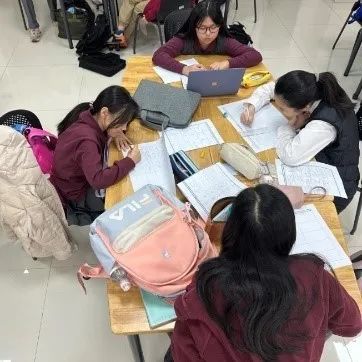

This week, seventh grade students actively showcase their technical prowess by constructing boats for their Interdisciplinary Units (IDUs). Immersed in hands-on experiences within the workshop, they not only apply technical skills but also learn the responsible use of tools and materials. The practical nature of this endeavor goes beyond theoretical understanding, establishing a tangible connection to classroom concepts. Additionally, students engage in thoughtful reflection on Criteria A and B strands, shaping their decision-making processes throughout the project. This holistic approach not only refines technical proficiency but also fosters responsibility, critical thinking, and a deeper understanding of interdisciplinary connections, enriching the overall learning experience.
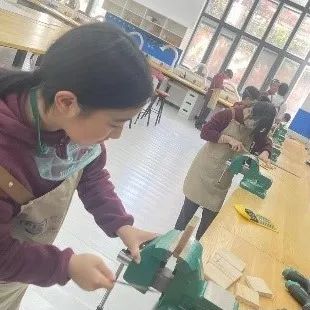
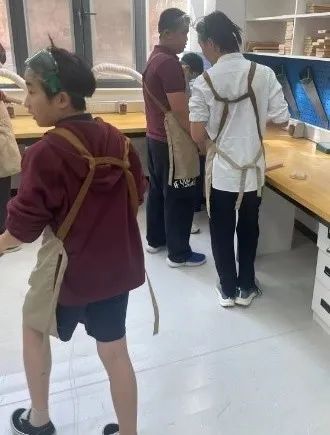
The eighth-grade students demonstrated exceptional skills by presenting their rubber band cars to the entire school community. Having successfully completed Criteria C, they engaged in reflective practices to evaluate their progress in the design and construction of their rubber band cars. This reflection involved identifying both the areas where they excelled and those that required further development. Returning to Criteria B, students were afforded the opportunity to revisit the development of ideas phase in the unit, emphasizing the significance of planning and preparation in their project. This retrospective approach not only highlights the students' achievements but also underscores the value of thoughtful consideration and refinement in the learning process.



This week the ninth-grade students focus is currently on Criteria C as they diligently work on creating animal habitats. This week, the ninth-grade students are actively showcasing their design skills and technical abilities whilst engaging in hands-on experiences within the classroom, they are not only applying their technical skills but also gaining an understanding of the responsible use of tools and materials. The practical aspect of designing animal habitats extends beyond theoretical knowledge, providing a concrete link to classroom concepts and expectations. Students have been encouraged to actively participate in reflective practices, considering Criteria A and B strands, which significantly influence their decision-making processes throughout the project. This comprehensive approach not only hones their technical proficiency but also nurtures a sense of responsibility, encourages critical thinking, and deepens their understanding of the design cycle process.
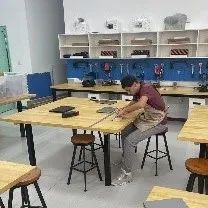

Design Class

Grade 10 Design students completed strand 3 of the Code It! unit this week. In strand 3, students examine existing solutions that others have created. Students need to see how others solved the problem. They may find some ideas that they can use in their own designs. They may also find flaws and design ideas to avoid in their own solution. For this assignment, students were asked to research different grading systems used in various educational institutions and various countries. They wrote a report comparing these grading systems with a focus on their suitability for calculating final grades.
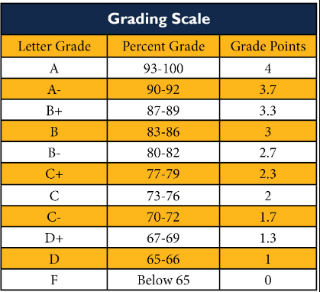
Students in grade 11 were introduced to parallel arrays and their value in coding solutions. They were assigned a small summative assignment where they demonstrated their understanding of parallel arrays. They also started to study searching, sorting and other algorithms on arrays. HL students were assessed on Topic 6 – Resource Management this week.

This was the last week that grade 12 students had class time to complete their Internal Assessments (IAs). Over the weekend, they will complete and submit the coding solution to their project. Shortly afterwards, they will submit the supporting documentation in the format that the IB requires for their marking moderators.

PYP German Highlights
CISH

PYP German
Class Photos
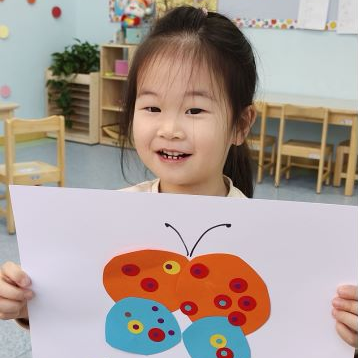
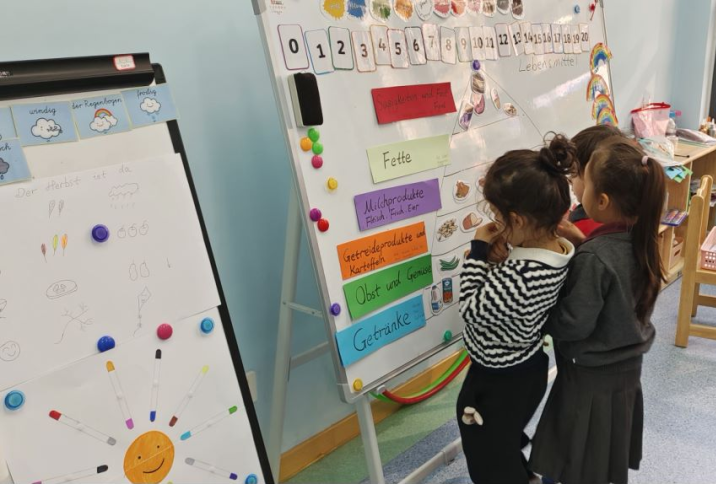

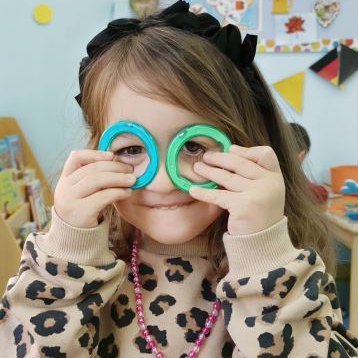
K1 (Yani Wang)
In our German class this week we learned new shapes, triangles, squares and rectangles. We classified the objects we know in life according to their shapes, including which ones are round, which ones are triangular. From this, the students learned about the characteristics of various shapes. We have many different classroom games, such as using pictures of different shapes to make dinosaurs, parking cars into the garage according to the shape of cars, and reassembling cut-out shapes. We read the story "Circles Change" and posted beautiful butterflies using circular cardboard of different sizes.


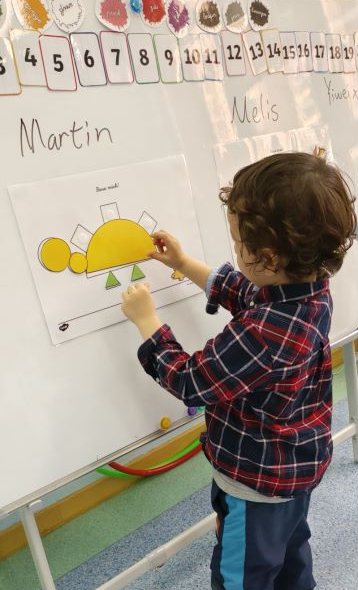
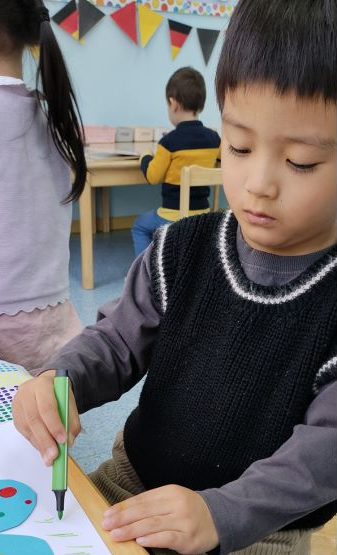
K2 (Yani Wang)
In this week's K2 German class our topic is about food. The students became familiar with the German names of various foods through picture cards. By studying the Food Pyramid, we classify foods according to the categories of drinks, fruits and vegetables, grains, meats, oils and snacks. We conducted many classroom activities, such as vegetable and fruit classification, food card memory game, German children's song "Die Ebsen rollen ueber die Strasse", food name guessing riddle game, and more. Our craft this week was to choose a fruit and draw it.
This week we also introduce numbers 5 and 6. Students were encouraged to recognize and print these numbers through an ongoing activity.


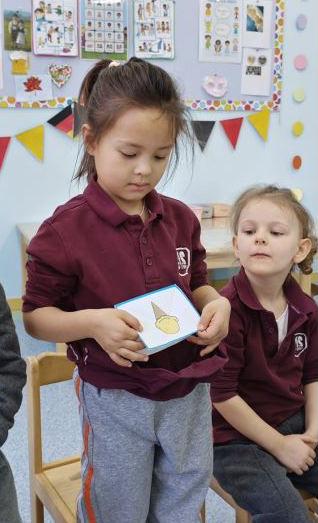

K3 (Yani Wang)
This week we learned about signs. First, we learned about common signs found in our surroundings, such as exit signs, trash cans, no parking, and more. We printed photos of recognized signs and asked the students to look for them around campus. Through the story "Mr. Rabbit Goes for a Walk" we understand that signs are a simple symbolic language that tells us what we can and cannot do. We made handcraft "room door sign" and the students experienced the convenience that signs bring to our lives.
In addition, this week we also learned and introduced the German names for different weather and seasons.
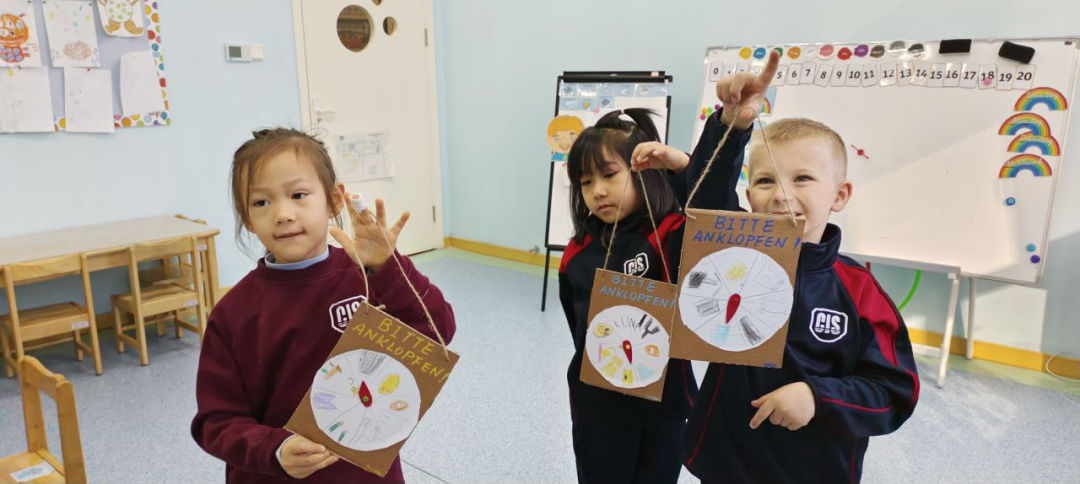
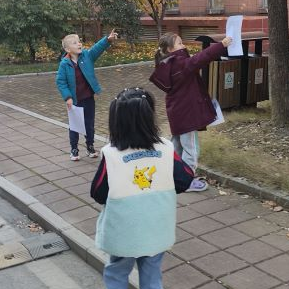


PYP German
(Sascha Wandkowsky & Robert Jordan)
G1: This week in our Grade 1 German class, we started off with a fun activity where the children drew and wrote about what they did during their break. This allowed them to express their creativity and practice their writing skills.
We then reviewed the words we learned last week, reinforcing their understanding and memory. The children were enthusiastic and participated actively in the review session.
We introduced two new letters this week: ‘ü’ and ‘ch’. The children practiced writing these letters, reading words containing them, identifying their location in words, and spelling words with these letters. We started a new chapter in our reading book and the children enjoyed describing and writing about a detailed picture (Wimmelbild).

G2: This week in our Grade 2 German class, we began with a writing and drawing activity where the students shared their experiences during their break. This activity not only allowed them to express themselves creatively but also helped them practise their writing and drawing skills.
Throughout the week, we focused on different poems. The students engaged in reading and reciting these poems. These activities made the learning process more interactive and enjoyable.
We also worked on “Selbstlaute”, “Umlaute” and “Zwielaute”. The students practiced these sounds and their usage in words. In addition, we worked on cursive writing, specifically focusing on the letters ‘z’ and ‘tz’. This helped the students improve their handwriting skills.
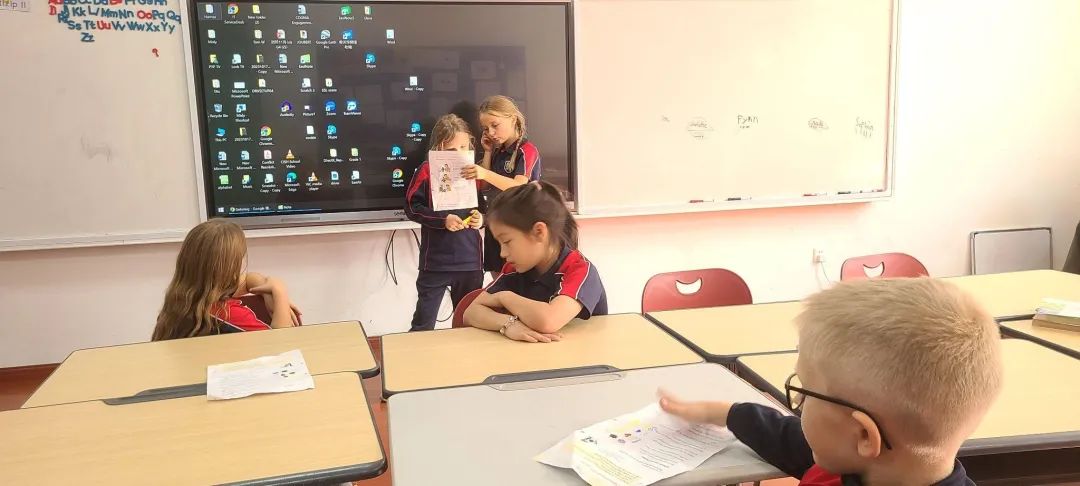
G3: This week in our Grade 3 German class, we started off with a writing activity where the students wrote about their experiences during their break. This was a great way for them to share their experiences and practice their writing skills.
We focused on nouns related to time and feelings/conditions. The students practiced these nouns through various exercises, which helped reinforce their understanding and improve their vocabulary.
We also read texts with difficult words about nutrition and disabilities. This not only improved their reading comprehension skills but also helped them understand important topics like nutrition and disabilities.

G4: This week in our Grade 4 German class, we started off with a writing activity where the students wrote about what they did during their break. This was a great way for them to share their experiences and practise their writing skills.
In terms of grammar and spelling, we worked on the ‘Dehnungs-H’ and peculiar words with ‘x - chs’. The students practised these concepts through various exercises, which helped reinforce their understanding and improve their spelling skills.
We continued reading stories and poems about the topic ‘feelings’. This not only improved their reading comprehension skills but also helped them understand and express their feelings better.
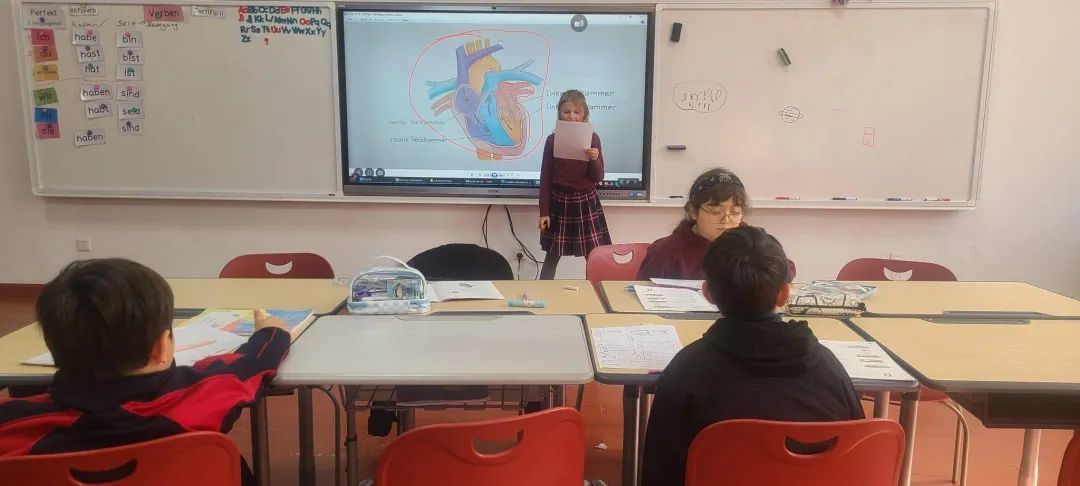
G5: This week, our German class concentrated on vocabulary regarding health topics like the human body (organs, body parts, circular systems) and healthy nutrition. Posters were created in group work. An energy/caloric intake calculator was an interesting subject for the students because they could calculate their needs and received recommendations for daily proteins, carbohydrates and fats. Students were also interested in questions about sports and metabolism and examples of healthy and unhealthy nutrition habits, for example the results of eating vitamins.

声明:本文内容为国际教育号作者发布,不代表国际教育网的观点和立场,本平台仅提供信息存储服务。
全国500所国际学校大全 / 3分钟匹配5-8所 / 1年名校升学备考托管服务




